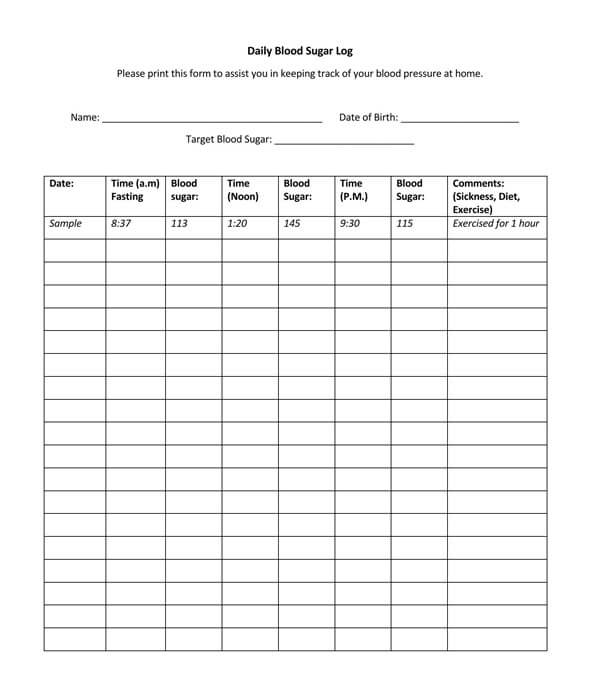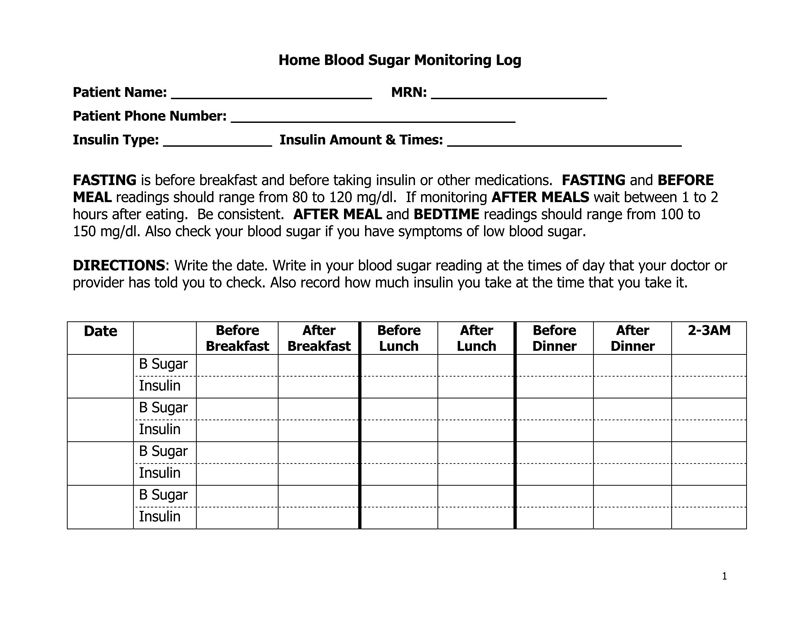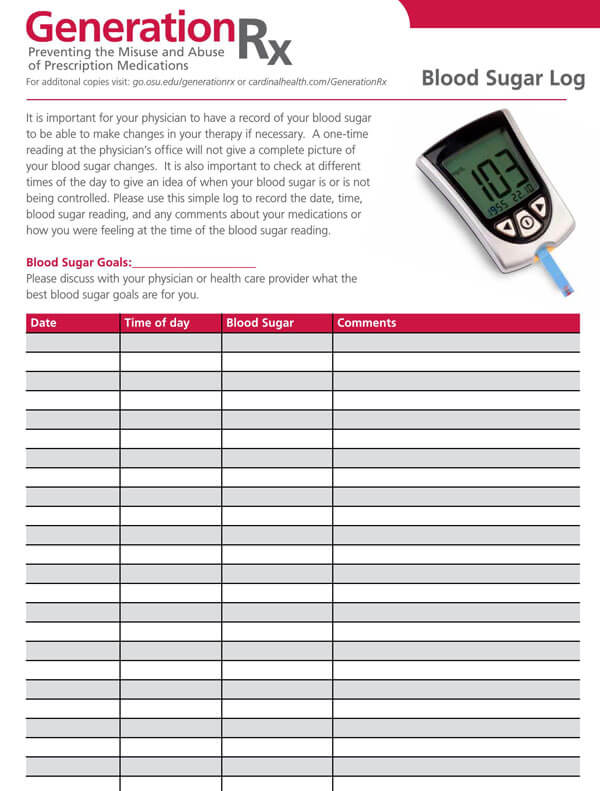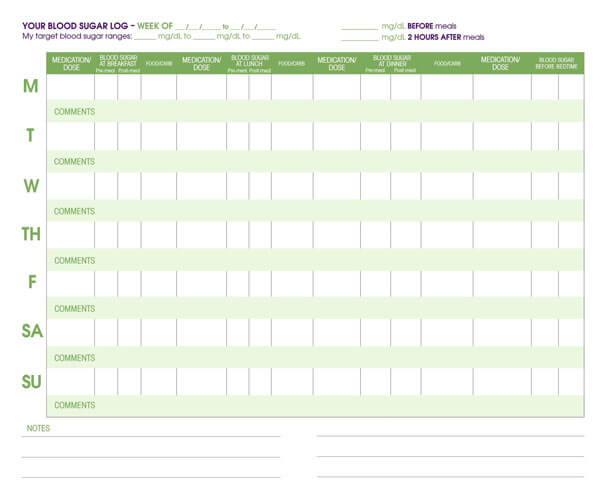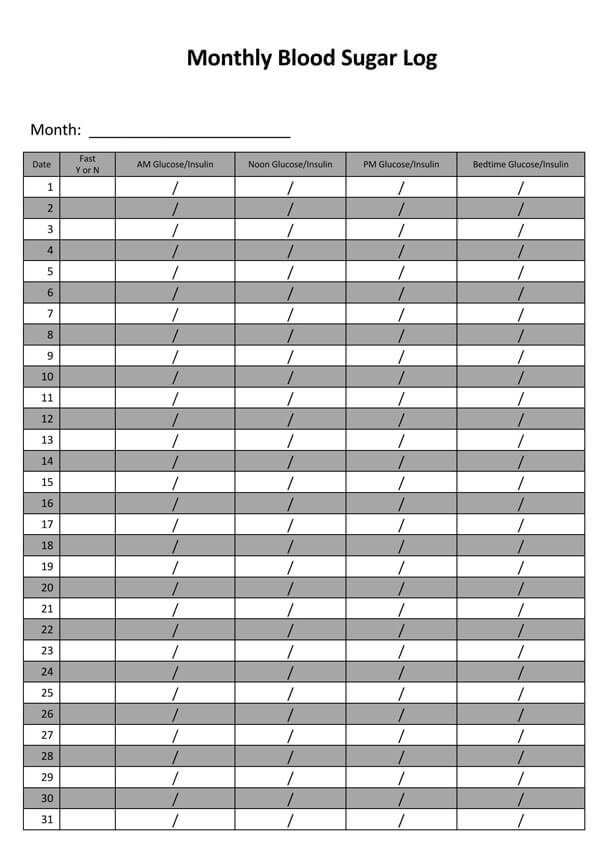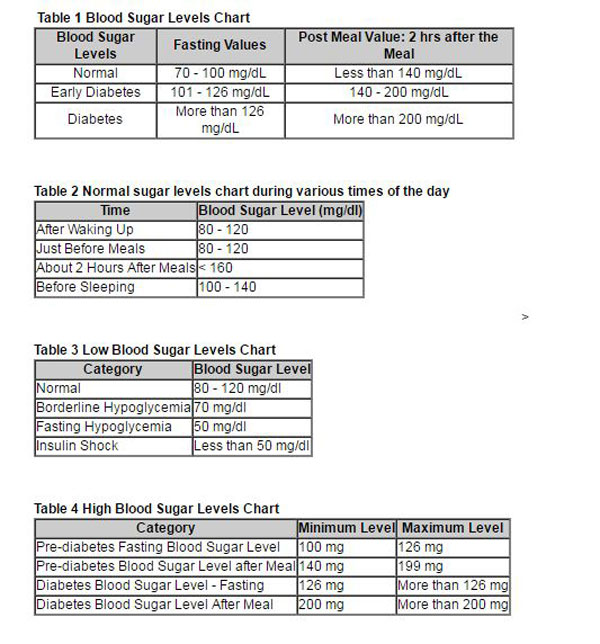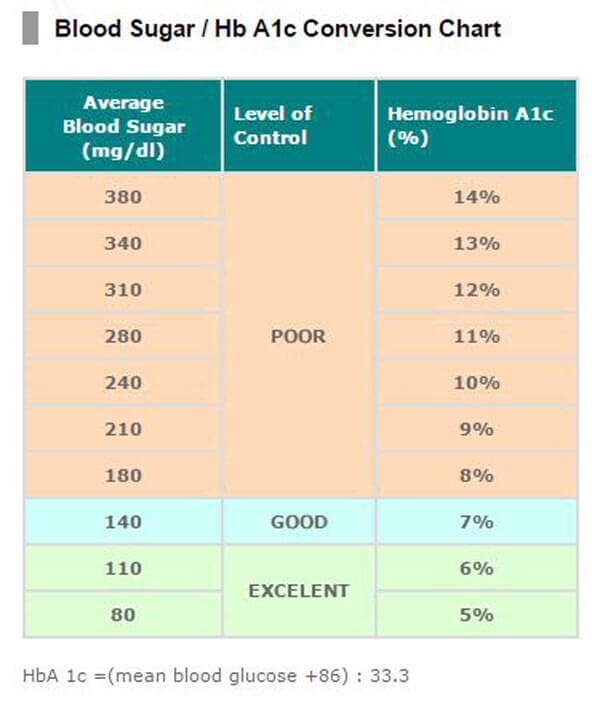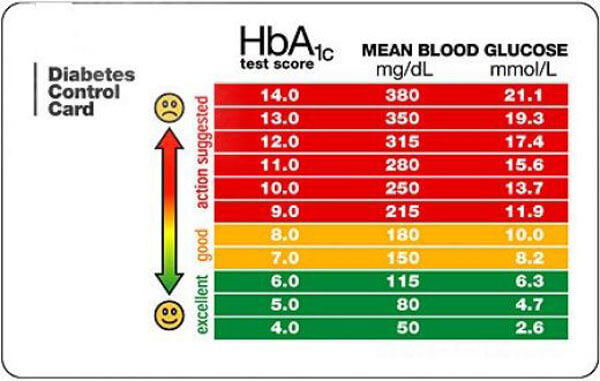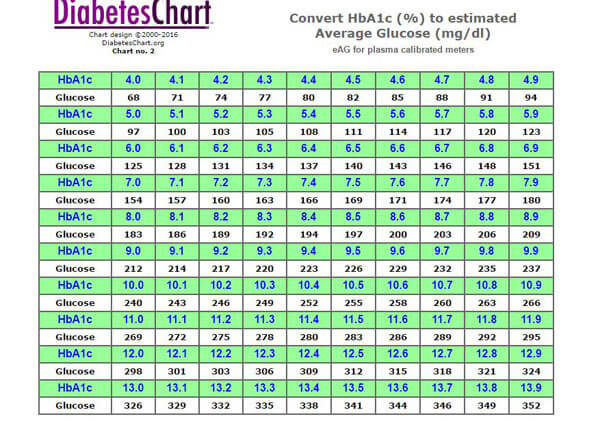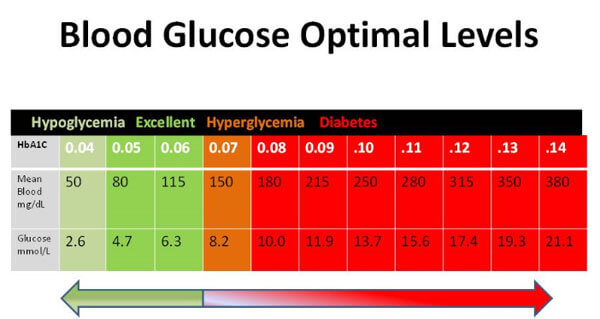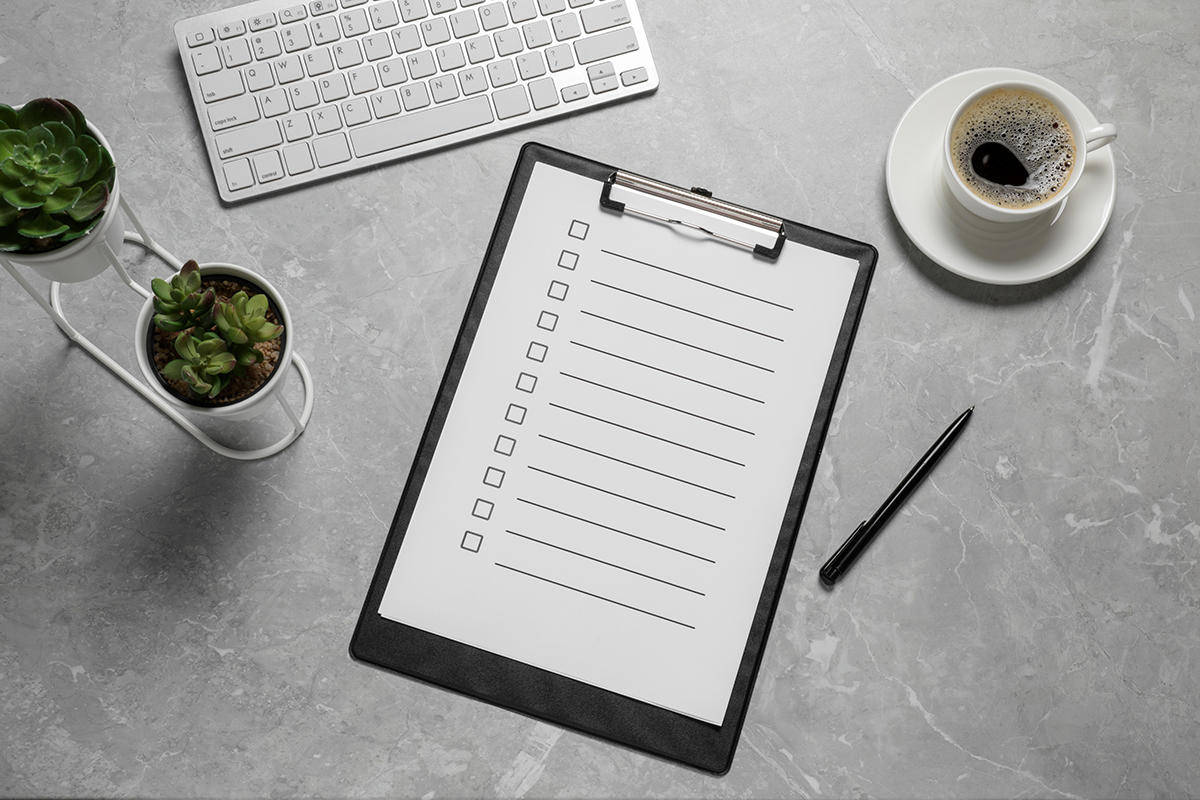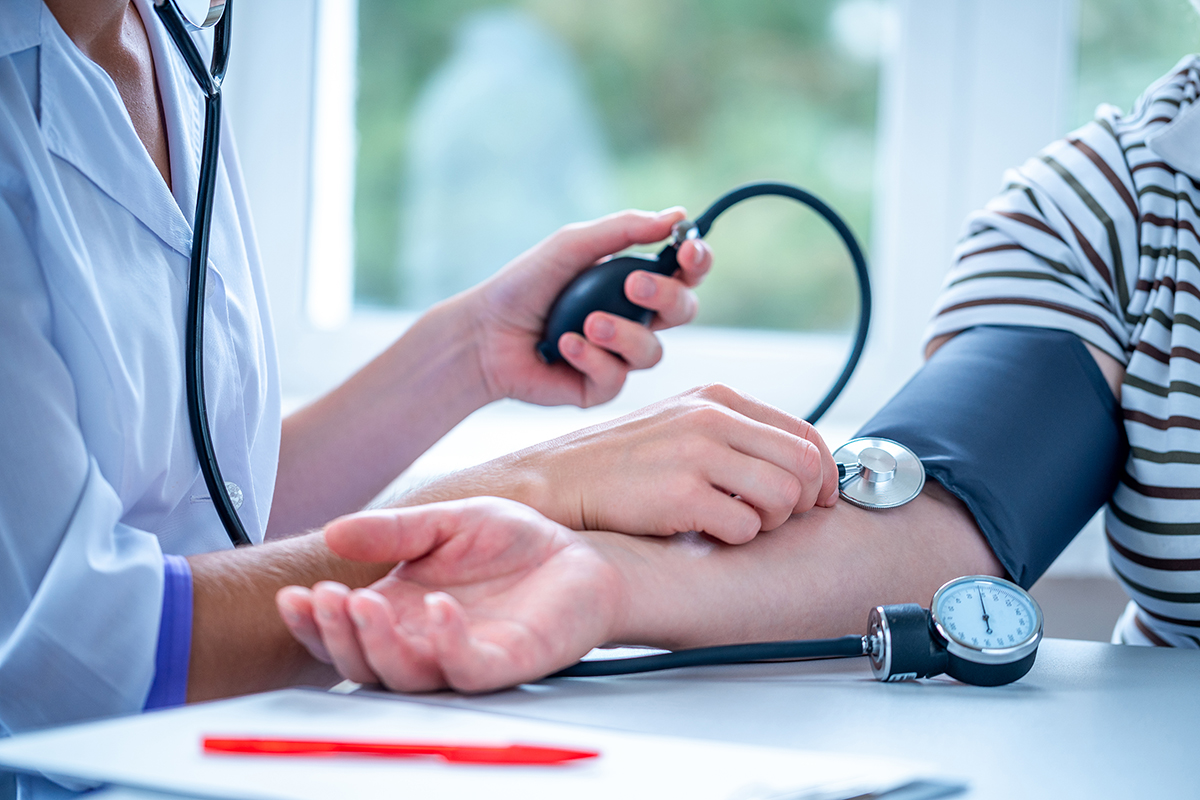Diabetes, also known as Diabetes Mellitus, is a metabolic condition wherein the body either does not produce enough insulin hormone or simply does not utilize the insulin hormone efficiently.
This results in an accumulation of glucose in the bloodstream. The condition is a chronic disorder that, if not treated or managed carefully, can lead to life-threatening complications such as impaired vision, kidney failure, nerve damage, heart attack, stroke, and lower-extremity amputations.
It is vital to monitor and manage blood sugar levels using charts and log sheets. This is considered a critical element in diabetes management and successful diabetes treatment. This article will cover everything you need to know about blood sugar levels (what is considered a normal level for blood glucose and what is diabetes), types of diabetes and its symptoms, blood sugar charts, and log sheets.
Free Charts
Normal Blood Glucose Level
Blood glucose levels indicate how much sugar is being transported in an individual’s bloodstream at any given point in time. Very high or low levels can be an indication of diabetes Mellitus, which, if not treated, can be life-threatening.
Normal levels can be measured when someone eats, fasts, or after 1-2 hours of eating.
For most healthy individuals, normal blood sugar levels are as follows:
- Between 72 mg/dl to 99 mg/dl when fasting
- Between 90 to 110 mg/dl 2 hours after eating
The average level without diabetes or prediabetes, regardless of the age in the morning, will typically be less than 100 mg/dl. However, it is essential to note that these levels will generally fluctuate throughout the day based on the type of food eaten, physical activity, stress, dehydration, menstrual periods, illness, medications, alcohol intake, etc.
How can Blood Sugar be Measured?
Blood glucose levels can be measured by applying a drop of blood to a chemically treated disposable test strip, which is then inserted into a glucose meter. The reaction between the test strip and blood is detected by the blood glucose meter, and the result is displayed in units of mg/dl or mmo1/L.
NOTE
There are various glucose meters available, and each meter may show slightly different readings from the other. Thus it is always essential to refer to the owner’s manual for instructions on proper use.
There are various methods of measuring blood sugar levels. They include:
- Conducting the checks on yourself and recording the glucose levels as is at the time of the test.
- Visiting your medical service provider’s office or lab to take the A1C (A-One-C) test. This test is also known as the hemoglobin A1C or HbA1C test. It is a simple blood test that measures your average blood sugar levels over the past three months. It is mainly used to diagnose prediabetes and diabetes, and it is also the primary test that helps you and your doctor manage diabetes.
Why it is Necessary to Know About Blood Sugar Numbers
Testing blood sugar levels is especially important for people living with diabetes. Continuously monitoring your numbers helps you manage your diabetes, meaning that you will reduce your risks of developing severe health problems such as organ failures or vision loss. In addition, while checking your levels, you will be able to identify what makes your glucose levels fluctuate. This information will help you establish what is working for you and what needs to be changed to manage your diabetic condition successfully.
Common Factors that Affect the Blood Glucose Level
Several factors may lead to high or low blood glucose levels in your bloodstream at any given point.
These include:
- The type of food consumed: The type of food you consume can lead to high or low sugar levels within the body.
EXAMPLE
Meals or snacks with more carbohydrates than usual may cause your glucoselevels to rise.
The same applies to overeating. On the other hand, taking meals with fewer carbohydrates than usual, a missed meal or snack, and eating too little food may cause your blood sugar levels to fall.
- Medical conditions: When you are sick with a medical condition, your body releases hormones to fight the disease. Unfortunately, this may lead to high blood glucose levels.
- Menstruation periods: Menstrual periods cause hormonal imbalances, which lead to high values.
- Dehydration: Lack of enough fluids within the body leads to high glucose levels within your bloodstream.
- Alcohol intake: Taking alcohol, especially on an empty stomach, may lead to low sugar levels.
- Physical activity: More physical activity or exercise than required by the body makes the body more sensitive to insulin, and as a result, it may lower your blood glucose levels.
- Medications: Side effects from other medications such as antipsychotic medications or steroids may cause high sugar levels in your body
- Stress: When you are stressed, the adrenal glands trigger the release of glucose from various organs in your body, leading to elevated glucose levels in the bloodstream.
- Age: Young, healthy muscles and other tissues throughout the body are susceptible to insulin. However, as people age, their muscles and other tissues become less insensitive to insulin. This means that glucose and triglycerides remain in the bloodstream longer, leading to poor blood sugar and lipid control.
Hypoglycemia Vs. Hyperglycemia – Common Symptoms
Hypoglycemia is low blood sugar, whereas hyperglycemia is high blood sugar. Both conditions can lead to significant health problems for people living with diabetes, and therefore diabetic patients must keep their levels within a healthy range.
Hypoglycemia occurs with diabetes when you take too much insulin or another diabetes medication. Too much medication in the bloodstream causes the body’s cells to absorb too much glucose leading to low blood sugar. Hypoglycemia with diabetes may also occur when you eat less than usual or increase your level of exercise. Hyperglycemia with diabetes can occur depending on whether you have type 1 diabetes or type 2 diabetes. In type 1 and type 2 diabetes, glucose can build up in the bloodstream leading to high blood sugar levels.
Common symptoms that indicate hypoglycemia include lightheadedness, confusion, dizziness, nervousness, anxiety, sweating, fast heart rate, Fainting, tingling lips, sleepiness, irritability, pale skin, hunger, clamminess, and shakiness.
Common symptoms of hyperglycemia include frequent urination, blurred vision, increased thirst, weight loss, difficulty concentrating, headaches, and fatigue.
NOTE
Untreated hyperglycemia can lead to a condition called diabetic ketoacidosis. This is a medical emergency, and patients experiencing symptoms of diabetic ketoacidosis are advised to seek immediate medical care. Symptoms of ketoacidosis include vomiting, abdominal pains, the presence of ketones, exhaustion, and vision loss (in extreme cases).
Type 1 Diabetes and its Symptoms
Type 1 diabetes is an ailment in which the immune system destroys the insulin-making cells in the pancreas, and thus your pancreas is unable to produce insulin. These cells are known as beta-cells. It is common among children and young people, and its symptoms often appear suddenly, which is why individuals are encouraged to continuously check their blood sugar levels.
Type 1 diabetes symptoms are often subtle, but they can become severe. They include:
- Increased hunger after eating
- Extreme thirst
- Dry mouth
- Stomach upsets and vomiting
- Frequent urination
- Fatigue
- Bizarre weight loss even though you are eating and feel hungry after eating
- Blurry vision
- Heavy, labored breathing
- Frequent skin infections, urinary tract, or vaginal infections
- Mood changes
- Bedwetting, especially in a child who has been dry at night.
Signs of Emergency symptoms with Diabetes type 1 include shakiness and confusion, Rapid breathing, a fruity smell to your breath, stomach pains, and loss of consciousness in rare conditions.
Type 2 Diabetes and its Symptoms
Type 2 diabetes means that your pancreas does not produce enough insulin to stabilize your glucose levels. It usually causes a person’s blood sugar levels to become too high. This is usually a result of an impairment in regulating and using sugar as a fuel. Type 2 diabetes is usually associated with two interrelated problems, the pancreas does not produce enough insulin, and the cells poorly respond to insulin and take in fewer sugars. This leads to excess sugar circulating in the bloodstream, causing disorders of the circulatory, nervous, and immune systems.
Type 2 diabetes is prevalent among older adults. Still, the increase in the number of children with obesity has also led to more cases of type 2 diabetes among younger people and children. In addition, the inception of type 2 diabetes can be gradual, and its symptoms can be mild during the early stages. As a result, most people may not realize that they have developed the condition.
Early signs and symptoms of diabetes type 2 can include:
- Frequent urination, especially at night
- Increased thirst
- Feeling constantly hungry despite how recently you have eaten
- Extreme tiredness or fatigue
- Blurry vision in either one or both eyes which may come and go
- Slow healing of cuts and wounds
- Itchiness, numbness, or pain in the hands or feet. This condition is medically referred to as neuropathy
- Patches of dark skin may start forming on the creases of the neck, armpit, or groin.
- Itching and frequent yeast infections on the mouth, armpits, and genital areas.
- Unexplained weight loss
Tests for Type 1 and 2 Diabetes
Diabetic patients with type 1 or 2 diabetes can use various tests to check their blood sugar levels and prevent long-term complications.
Such tests include:
The glycated hemoglobin (A1C) test
This test is also called HbA1C, glycohemoglobin, or A-One-C test. The test determines your average blood sugar level over the past three months. When glucose builds up in an individual’s blood, it binds to the hemoglobin in the red blood cells. The glycated hemoglobin test measures how much glucose is bound. Therefore, if your glucose levels have been higher over recent weeks, the hemoglobin A1C Test will be higher and vice versa.
Individuals whose A1C test results are inconsistent or those with conditions that can make the A1C Test inaccurate such as pregnant women or people with a unique form of hemoglobin may use the following tests to diagnose diabetes:
Random blood sugar test
Random glucose testing is used to measure the levels of glucose in the blood at any given point. Irrespective of when the patient last ate, a 200mg/dl or higher level suggests that the patient has diabetes.
Typically, doctors will order a follow-up test to confirm the diagnosis if the results indicate that the patient has higher-than-expected glucose levels.
Fasting glucose test
This type of test measures blood sugar levels after the patient has fasted for at least 8 hours. This test is usually conducted in the morning before breakfast. A level less than 100 mg/dl is considered normal, whereas a blood sugar level from 100-125 mg/dl is considered prediabetes. If it is 126 mg/dl or above on two separate tests, you have diabetes.
Oral glucose tolerance test (OGT)
Sometimes, you may have diabetes but demonstrate normal results in the fasting or random blood glucose tests. Given this case, your doctor may recommend an oral glucose tolerance test. This test also requires that you do not eat or drink for 8 hours. Once your blood sample is taken, you will be required to drink a liquid containing glucose, and afterward, the doctor will take more blood samples hourly over the next two hours.
Blood sugar levels below 140 mg/dl are normal, while a reading of more than 200 mg/dl after two hours indicates that the patient has diabetes. A reading between 140-199 mg/dl is considered prediabetes.
Given that your healthcare provider suspects that you have type 1 diabetes, a urine test to determine the presence of ketones may be recommended. Besides, the doctor may also recommend an additional test to see if you have the destructive immune system cells associated with type 1 diabetes, commonly known as Autoantibodies.
Symptoms and Tests Used for Gestational Diabetes
Gestational diabetes is usually diagnosed for the first time during pregnancy. It affects how body cells break down and use glucose, causing elevated blood sugar levels that can affect an individual’s pregnancy or the fetus’s health and development. Gestational diabetic patients’ levels return to normal once the baby is born.
Gestational Diabetes does not usually present any noticeable signs or symptoms. However, increased thirst, feeling very tired, dry mouth, and frequent urination are possible symptoms. To test for gestational diabetes, doctors primarily evaluate your risk factors for gestational diabetes during the early stages of the pregnancy. If you are at high risk, it is done during the first prenatal visit. If you are at regular risk, it is done at 24-28 weeks of pregnancy.
Screening tests that may be appropriate for gestational diabetes include:
Initial glucose challenge test
You will be required to drink a syrupy glucose solution. An hour later, you will have a blood test to measure your sugar level. A blood glucose level below 140 mg/dl is considered normal, although this may vary depending on the labor clinic, while a blood glucose level of 190 mg/dl indicates gestational diabetes. Given that your blood glucose levels are higher than normal, you will need to redo the initial glucose tolerance testing to determine if you have diabetes or not.
Follow-up glucose tolerance testing
This test is similar to the initial test, except that you will drink a highly concentrated syrupy glucose solution after fasting overnight and having your fasting sugar levels checked. Your levels will then be measured every hour for a three-hour time period. If at least two of the readings are higher than expected, you will be diagnosed as a gestational diabetic patient.
Get Help from Blood Sugar Charts
Charts identify a person’s ideal blood sugar level throughout the day, including before and after eating. These charts can help you with your glucose management if you need to keep your glucose levels within a normal range, mainly if you have been diagnosed with any diabetes.
Doctors also use these charts to set target goals and monitor diabetes treatment for their patients. As a result, the patient can do frequent-at-home and doctor-ordered testing and compare results with target glucose levels. Again, this is ideal for diabetes management.
What are Blood Sugar Log sheets?
A log sheet is a weekly or monthly template that can help you monitor your type 1 or type 2 diabetes. The log sheet allows you to write in your daily blood sugar levels and what makes your reading ranges high or low at any given time. By recording this information on the log sheets, you can work with your doctor to decide your best diabetes care plan. This can help you delay or prevent diabetes complications such as kidney failure, diabetes, stroke, vision impairment, heart attack, or amputation.
Format of a Blood Sugar Log Sheet
There is no single specific format for a log sheet. Instead, these templates come in different types and formats. Log sheets are meant to keep all the information relating to a patient’s glucose levels. As such, they usually have several rows and columns with several blank spaces that let the patient fill in the necessary information. Log sheets are predominantly partitioned so that you can fill in the daily, weekly, or monthly sugar levels. This makes it easier and convenient for you to understand and use them.
Example of a log sheet format
EXAMPLE
| Week Of: | Breakfast | Lunch | Dinner | Bedtime | ||||||
| Pre | Post | Pre | Post | Pre | Post | Pre | Post | |||
| Sun | Comments | Blood Sugar | ||||||||
| Time | ||||||||||
| Meds | ||||||||||
| Carbs | ||||||||||
| Mon | Comments | Blood Sugar | ||||||||
| Time | ||||||||||
| Meds | ||||||||||
| Carbs | ||||||||||
How a Blood Sugar Log Sheet can be Obtained
You can download log sheets from the internet, customize, and print them for use. Alternatively, you can create your log sheet from scratch on your computer using Microsoft Word or Excel. You can also download a diabetes manager app on your mobile phone and use it as a contemporary alternative to a printed log sheet that you can use for recording your glucose levels, insulin, carbohydrates, and weight in one secure place.
Essential Tips for Using Blood Sugar Log Sheets
To effectively monitor your blood sugar levels using log sheets, you should consider the following valuable tips:
Record target level
First, you need to record your doctor-recommended target levels for fasting, after eating, and before eating tests. If you are uncertain of your target ranges, you can review suggested target ranges from the American Diabetes Association.
Target levels for people living with diabetes are:
- 80 to 130 mg/dl right before their meal and
- Below 180 mg/dl two hours after their meal
Fill in the date you are testing
Secondly, you will need to write the date for the beginning day, week, or month you take the test in your log sheet.
Test your blood sugar with a meter and record the time
Next, test your blood glucose with an appropriate meter and record the time you take the test. Afterward, enter your results in the spaces labeled ‘blood sugar’ on your log sheet.
Count carbohydrates
The number of carbohydrates that you consume per meal can have an impact on your readings. Therefore, you must count and record the number of carbohydrates for a particular mealtime in the blank space marked Carbs on your log sheet.
Use the comment section to record other factors
If any other factors have contributed to your current levels, such as medication, illness, stress levels, level of exercise for that day, make sure to record them in detail in the comment section of the log sheet.
Note down how you feel after each test
Capturing this information briefly in your log sheet helps your healthcare provider determine the ideal target ranges for your glucose levels and formulate the best diabetes care plan for you.
Frequently Asked Questions
If you have a high blood sugar level exceeding 180 mg/dl, the best way to bring it to a normal range is to drink a large glass of water and exercise, for instance, by taking a quick walk. If hyperglycemia persists more than three times in 2 weeks, seek medical attention from a specialized doctor.
If your blood glucose meter indicates that your blood sugar is lower than 70 mg/dl, you can promptly do one of the following things: Chew four glucose tablets, drink 4 ounces of regular soda and not diet soda, chew four pieces of hard candy or drink 4 ounces of fruit juice.
Generally, you need to get an A-one-C test at least twice a year. However, if your blood sugar levels are higher than your target number or your diabetes treatment plan changes, you will need to take the A1C test more often.

